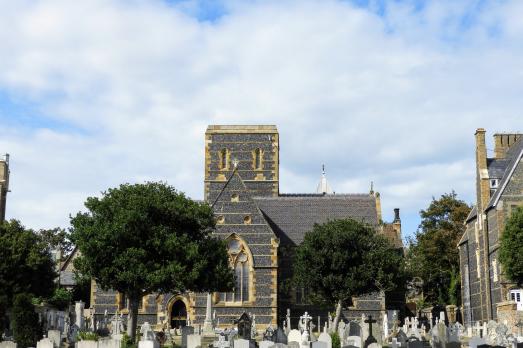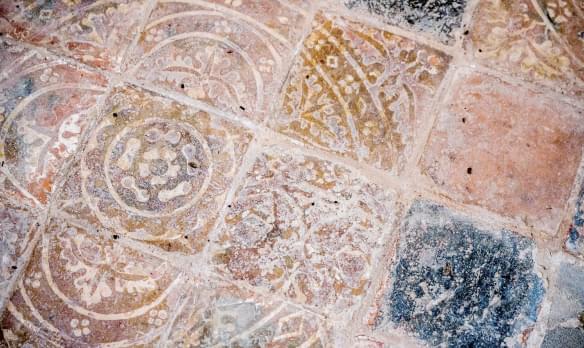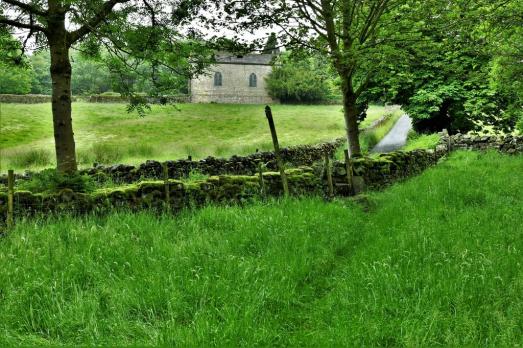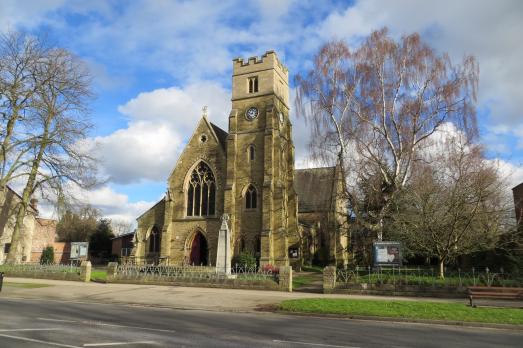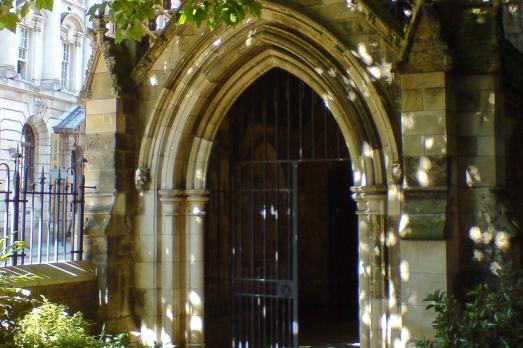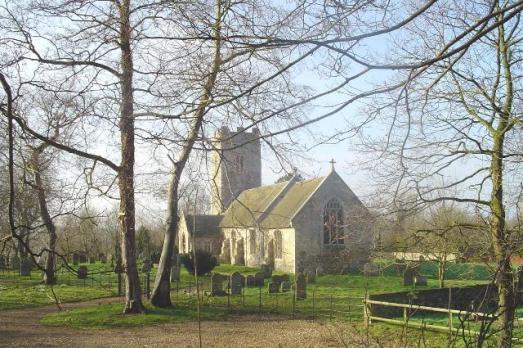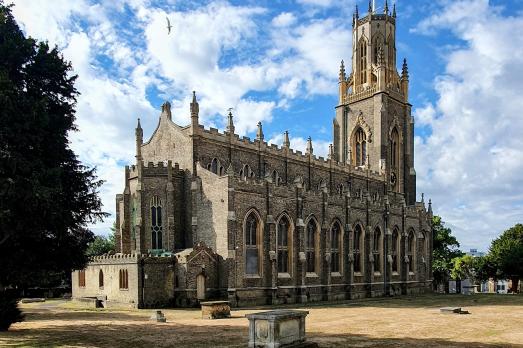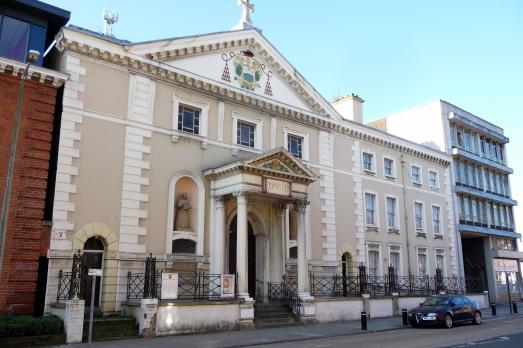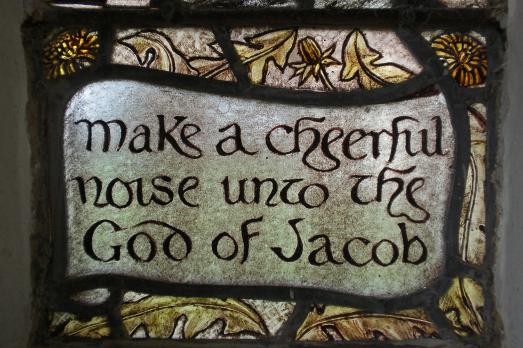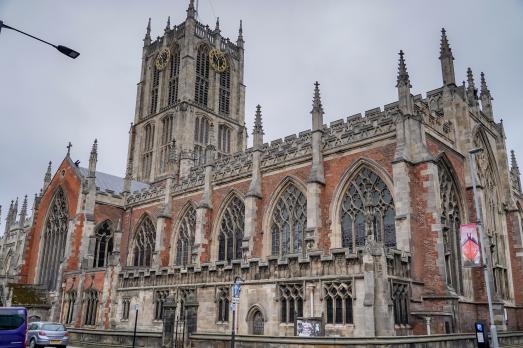
Hull Minster
Hull, Yorkshire | HU1 1RR
At over 700 years old, Hull Minster is as old as Hull itself as since the 13th century we have been a constant presence in the city centre and some say the history of the city is literally written in our walls.
We have supported this church

